For more than a century, the Boys & Girls Clubs of Greater Manchester has been a cornerstone of support, growth, and opportunity for local youth. From its early beginnings in 1907 to the expansive organization it is today, the Club has continually evolved to meet the needs of its community.
Early Beginnings and Growth
The Club was founded in 1907 as the Manchester Boys Club, serving young boys who worked in the city’s mill yards. Recognizing the need for recreational and developmental opportunities beyond the city limits, the Club opened Camp Foster in Bedford, NH, in 1925, offering a place where kids could experience the outdoors and learn valuable life skills.
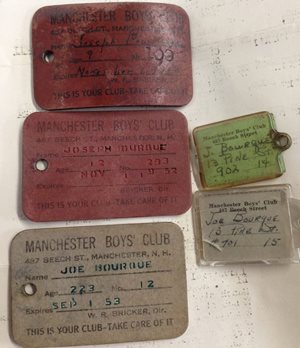
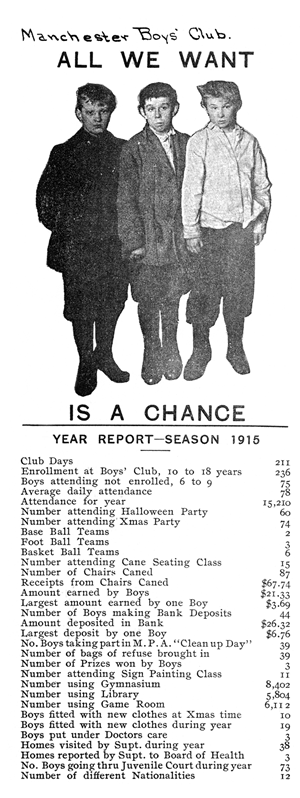
In 1957, the Club took a significant step forward with the construction of the Union Street Clubhouse, which became a hub for activities, mentorship, and community engagement. Just a few years later, in 1963, girls were introduced to the Club’s environment through their participation in the Muchachos Drum and Bugle Corps. This was an early step toward full inclusion.
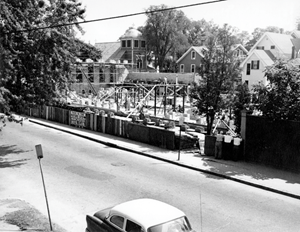
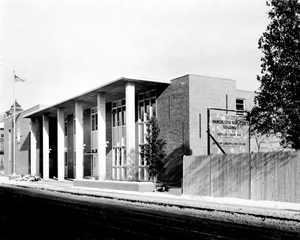
A New Era of Inclusion
A defining moment in the Club’s history came in 1983 when the Boys Club and the Girls Club officially merged, allowing girls to become full members. This shift marked the beginning of a more inclusive future, ensuring that all children had access to the programs and resources the Club provided.
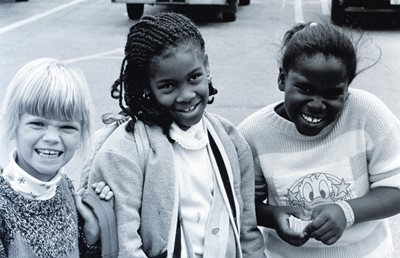
Expanding Programs and Opportunities
The 1990s and early 2000s saw continued growth and expansion:
- 1990: The Club purchased additional property surrounding the Union Street Clubhouse, preparing for future expansion.
- 1998: February and April vacation camps were introduced to support families with childcare and enrichment programs during school breaks.
- 2000: The Club extended after-school programming to middle and elementary schools, making it more accessible to younger students.
- 2005: The introduction of a before-school program provided families with a safe place for children in the mornings before heading to school.
A Commitment to Community Growth
In 2009, the Club embarked on a major expansion through the Building Better Lives capital campaign. This initiative added new facilities, including the current main office, a food pantry, and the Juniors Gamesroom, further enhancing the Club’s ability to support members and their families.
A historic milestone came in 2014 when Diane Fitzpatrick was named the first female CEO, symbolizing the Club’s ongoing commitment to diversity and leadership development.
Recent Transformations
The More Kids, Brighter Futures capital campaign launched in 2020, leading to another expansion of the Union Street Clubhouse and significant renovations at Camp Foster. Enhancements included:
- A new playground for Kids Club and Juniors.
- A dedicated Kids Club space within the clubhouse.
- Upgrades at Camp Foster, including new programming pavilions, a larger amphitheater, and a games cabin named Stebbins Hall.
.JPG?width=400&height=300)
In the past decade, the Club has continued to innovate and expand its programs, introducing resources such as:
- STEAM programs (Science, Technology, Engineering, Art, and Mathematics)
- The Tween Center
- The Zen Den, a space dedicated to mindfulness and mental wellness
- A weekly food pantry to support Club families
.jpg?width=400&height=300)
A Lasting Legacy
The Boys & Girls Clubs of Greater Manchester has remained steadfast in its mission to provide a safe, supportive environment for youth to learn, grow, and thrive. With over a century of history and an eye toward the future, the Club continues to empower the next generation through innovative programs, dedicated leadership, and unwavering community support.
Stay tuned for our next blog post, where we’ll explore the dedicated staff and volunteers that make the Club such a vital resource for Manchester’s youth!